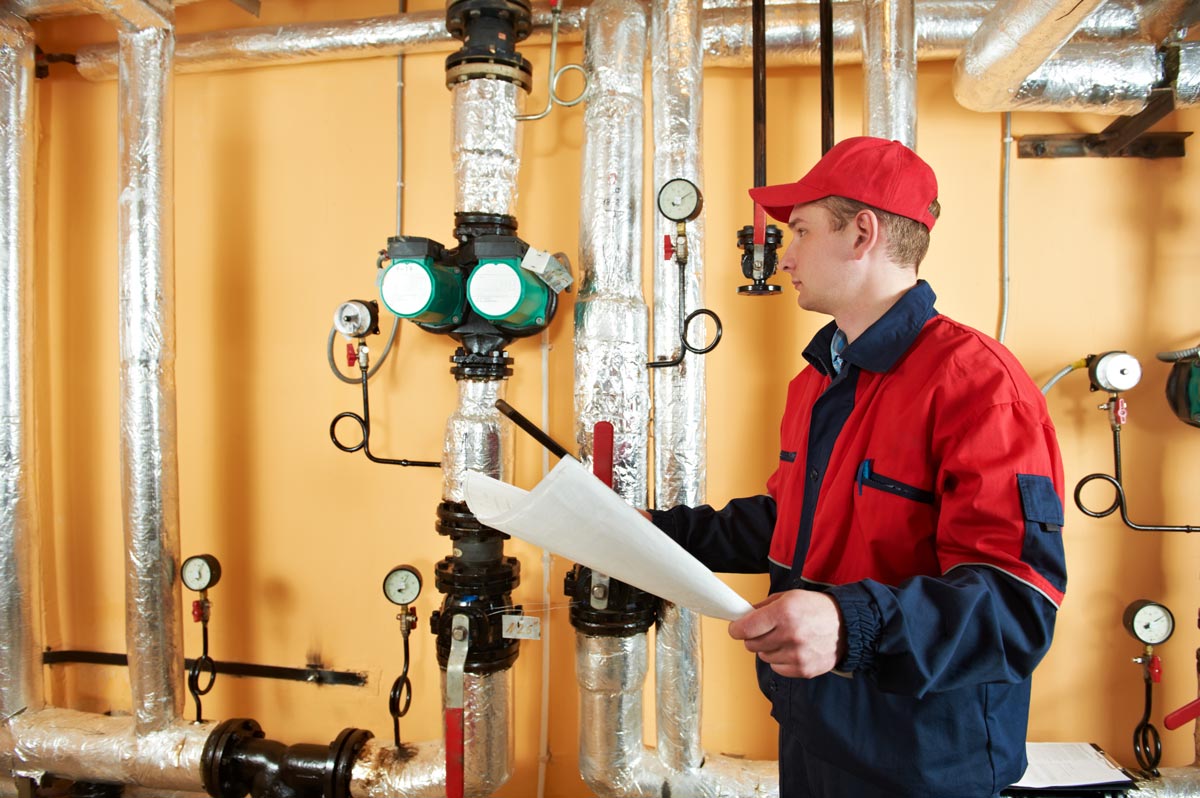Author, Darren Chalmers-Stevens, Group Chief Operating Officer at CriticalArc
When responsibility for lone worker safety is left with individual department heads
Managers who may be great at their jobs, but who are not risk or security specialists – standards of protection are usually compromised. It’s only human that line managers will focus most of their attention, and their resources, on what they see as their core responsibilities. In higher education for example, if you are busy managing your faculty or delivering a particular service to campus users, that’s what you will worry about most. And even if lone worker well-being is somewhere on your list of responsibilities, it won’t necessarily be at the top.
The result of this fragmented responsibility is usually an inconsistent approach, with some lone workers protected better than others, some not protected at all, and the organization as a whole failing to live up to its duty of care. Scenarios that I often come across in this patchwork of protection include sites where old-fashioned visitor books are left out on reception desks, with pens stuck to lengths of string (books which most people sign on their way in, but then forget to sign on their way out); and traditional lone worker offerings that are burdened with punitive fee structures that discourage use. Any system whose costs are calculated on a traditional, device-based ‘per-person, per-month’ basis, has a built-in disincentive: managers struggling to balance their budgets will be forced to decide who gets enhanced safety, and who doesn’t.
Making this choice is not a responsibility that should weight on any manager’s shoulders, particularly if they are not trained in risk assessment. What’s more, too often even those users who are issued with a traditional, standalone lone worker’s device often report that they leave it in the drawer, or at home. By contrast, their mobile phone never leaves their side. If they forget their phone, they turn around and go and get it. And we should be clear: everyone working alone is at risk. That’s true whether they are a security officer patrolling a parking lot, an engineer servicing a lift, a PhD researcher working in a laboratory after everyone else has gone home, or someone working remotely (in their home office for example). Everyone – students, staff, and contractors – should benefit from the same high level of protection.
The only approach that guarantees full protection is to have a unified solution, that’s centrally managed, monitored, and paid for, and that works in all environments regardless of phone signal, site geography, and building layout

In the universities sector, such is the complexity of the lone worker challenge, this is the only way to manage the risk. Think about the huge variety of activities taking place every day, on-campus and off: individuals working alone with dangerous chemicals and volatile experiments; working with heavy equipment in engineering; engaged in one-to-one tutorials or counseling sessions; working in the community, visiting or inspecting rental accommodation; traveling to satellite facilities; or working in isolation – and of course, there are many places where you can be out of sight and out of earshot even on the busiest of campuses.
One reason that SafeZone (a BS8484 compliant solution) has been adopted so widely in higher education – and is starting to prove its use in healthcare settings – is not just that it’s better value than siloed and disjointed lone worker solutions, but that it allows a consistent approach. And it streamlines processes. For example, with timed check-in tools and automated notifications for managers when users check-in and check out; and with automatic escalation to the relevant department depending on the type of notification, with the fastest possible response assured from security officers in the event of an emergency. Proven workflows allow us to build custom escalations and notifications, tailored for each user.
SafeZone strips out complexity too, by making it easy to access via smart devices (mobile, wearable, tablet, or desktop) to ensure WCAG compliance, by providing multi-language support options, and by allowing staff and student reminders to be prompted on users’ laptops or desktops at a given time. When a checked-in user enters a higher-risk environment, an automated pop-up notification on their device can give them specific safety advice or risk updates. With indoor positioning, we can deliver these services to sub-3-meter accuracy in any room, on any floor, in any building. Added together, these features allow universities to meet their duty of care obligations to lone workers much more fully and affordably than ever before. And without ever having to compromise over who benefits from protection.
